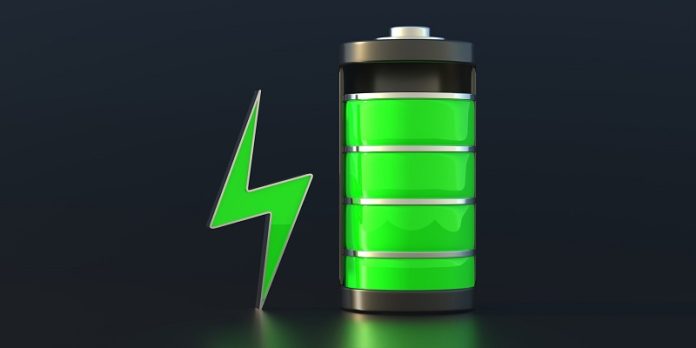
Engineers at the University of California, Riverside, have discovered why a promising solid-state battery material stays cool even when it’s hard at work—a finding that could make future batteries both safer and more powerful.
The research, published in PRX Energy, focused on a ceramic material called LLZTO, short for lithium lanthanum zirconium tantalum oxide.
This substance is used as a solid electrolyte in solid-state batteries, which are expected to outperform today’s lithium-ion batteries in energy capacity and safety.
Traditional lithium-ion batteries use liquid electrolytes that can overheat and catch fire if damaged or overcharged.
In contrast, solid-state batteries use solid materials like LLZTO that are more stable and less likely to ignite.
However, scientists have long been puzzled about why LLZTO conducts heat so poorly—meaning it doesn’t easily get hot or spread heat.
“It’s a material that stays thermally quiet even as ions move rapidly through it,” explained Xi Chen, an associate professor of electrical and computer engineering at UC Riverside and the study’s senior author.
“By understanding why this happens, we can design batteries that store more energy without the risk of overheating.”
When batteries charge or discharge, heat naturally builds up. If that heat isn’t properly managed, it can damage the battery or even lead to fires. That’s why understanding how heat moves—or doesn’t move—through solid materials like LLZTO is critical for developing safer battery systems.
To explore this mystery, graduate student and first author Yitian Wang grew single crystals of LLZTO, removing the small defects and grain boundaries found in most samples. This allowed the researchers to study the material’s true properties.
Surprisingly, even in its purest form, LLZTO had an extremely low thermal conductivity—only about 1.59 watts per meter-kelvin. That’s roughly 250 times lower than copper, a metal known for its excellent heat conduction.
The team combined their experiments with computer simulations and neutron scattering studies at Oak Ridge National Laboratory. They discovered that LLZTO’s atomic structure disrupts how heat travels through the material.
In solids, heat moves as tiny waves of atomic vibration called phonons. In LLZTO, certain “optical phonons” vibrate out of sync with neighboring atoms, scattering the main heat-carrying phonons and blocking heat flow.
In addition, the researchers found that LLZTO’s atomic vibrations are highly “anharmonic,” meaning they deviate from the usual patterns predicted by standard models.
This irregular motion is linked to how lithium ions move through the material, suggesting that the rules of heat transport may work differently in solid electrolytes than in ordinary materials.
This insight could help scientists engineer new materials that balance two vital properties—fast ion movement and effective heat control.
“By linking atomic vibrations with thermal behavior, we can design batteries that are both powerful and safe,” Chen said. “This understanding opens the door to the next generation of energy systems.”



